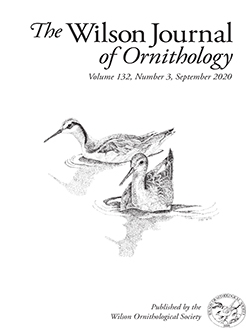While the state of the art has been described for recording bird songs and calls, there are no described best practices for collecting and preserving the avian vocal organ, the syrinx. In addition to skins and skeletal preparations, field collection of tissues for DNA sequencing has become a common practice. Protocols for such tissue collection often involve accessing internal organs. Here we argue that collecting syringes, which also involves accessing the chest cavity, adds only minimal time to field or skeletal preparation and can be done without damage to the skeleton. Collecting syringes will enable studies of structure–function relationships in the production of calls and song that have not been previously possible. Three-dimensional X-ray computed tomography (CT) imaging techniques allow new insight into these relationships, but material of both male and female birds as well as juveniles is lacking for most avian taxa. Here, we present a guide to the removal and preservation of the avian syrinx and associated vocal anatomy in hopes of increasing their representation in biological collections. In this guide, we suggest that taking in situ measurements is ideal since dissection, fixation, and tissue staining can affect measurements of certain airway features such as tracheal diameter and bronchial length. Our guidelines demonstrate that removing a single wing, shoulder, and half of the pectoral girdle from the dorsal side of the thorax along with disarticulating the sternal and vertebral rib segments on one side of the body allows exposure of the complete airway without damaging the skeleton. We also provide recommendations for fixation, storage, and staining of specimens in preparation for diffusible iodine-based contrast-enhanced computed tomography (diceCT) scans that allow imaging of both soft tissue structures such as vocal folds and muscles as well as the cartilaginous rings that support these structures.
How to translate text using browser tools
28 April 2021
Guidelines for removal, preservation, and CT imaging of the syrinx, the avian vocal organ
Hans Bilger,
Sarah Hood,
Kenneth Bader,
Julia A. Clarke
ACCESS THE FULL ARTICLE
collections
diceCT
dissection
imaging
morphology
VOCAL COMMUNICATION





